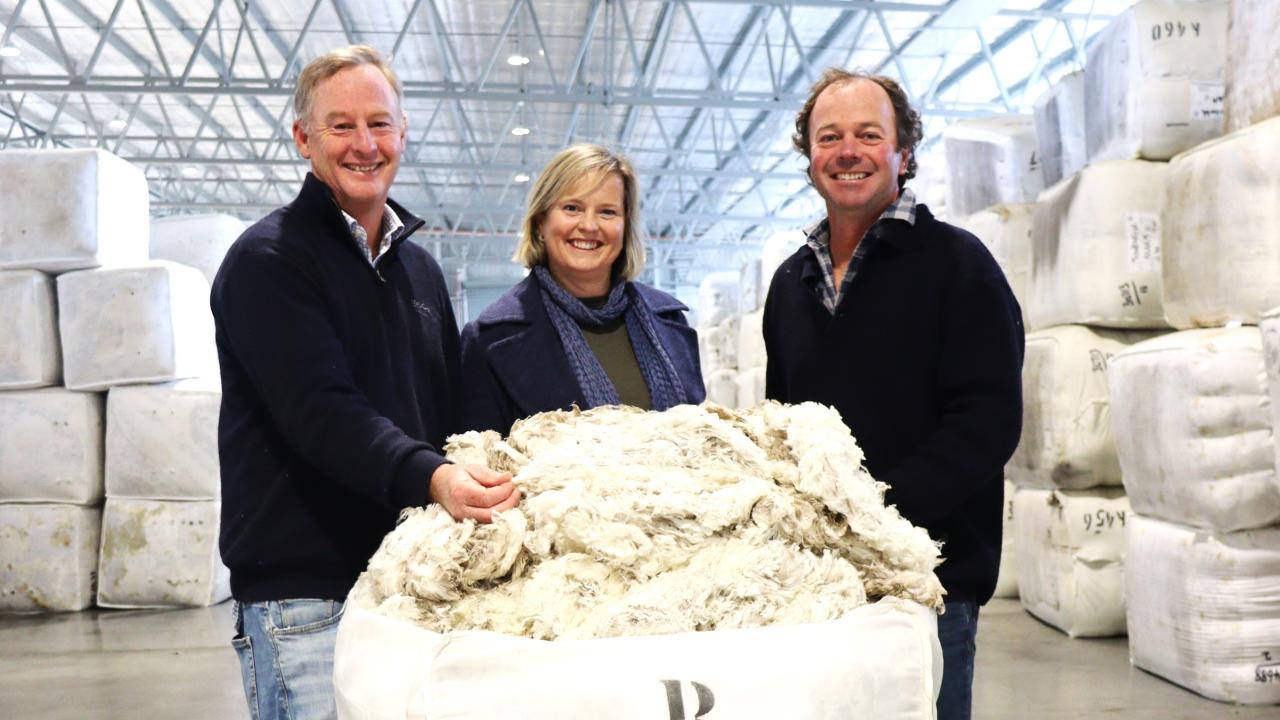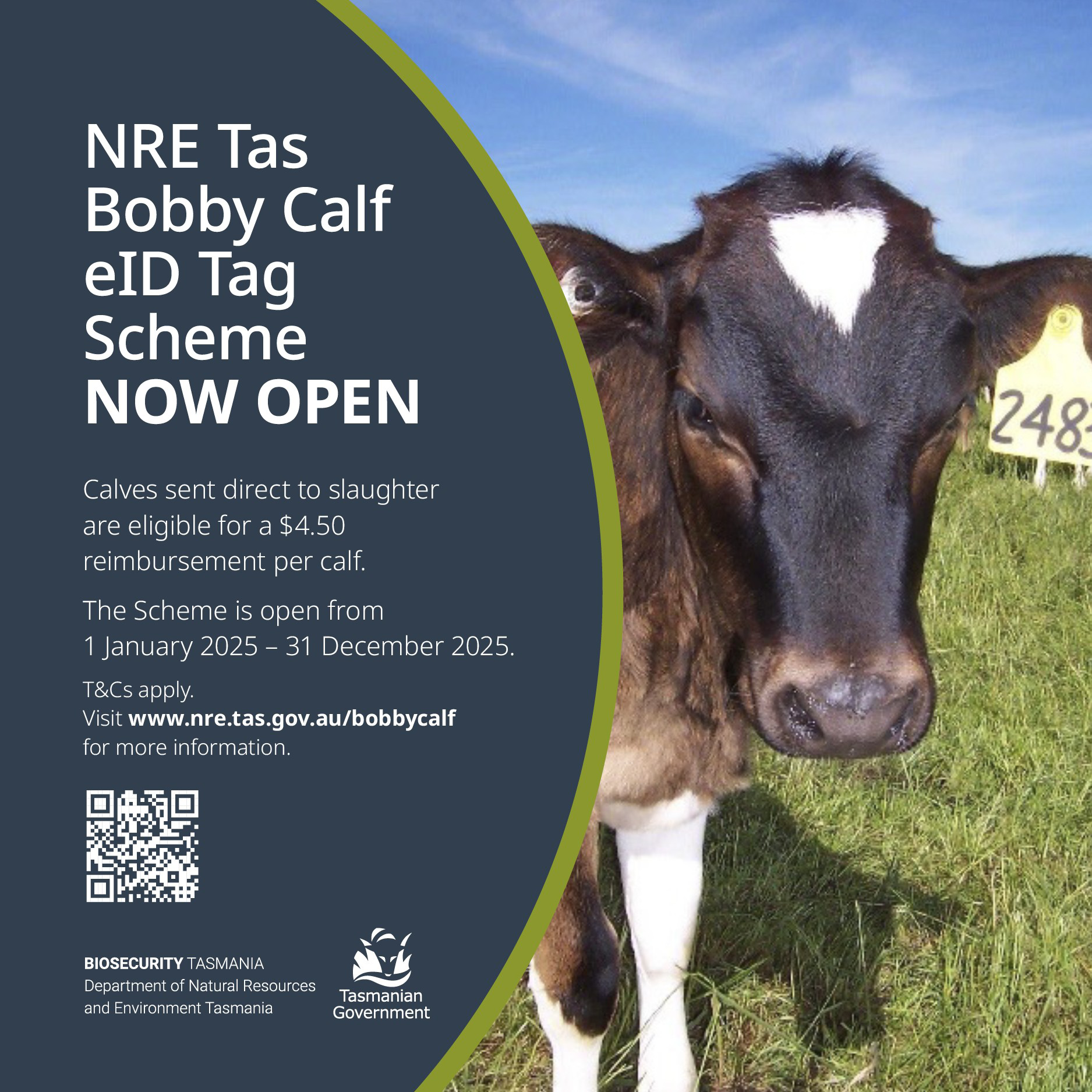Fine reward for Ashby in defying trend

More than 20 years of breeding superfine Merino wool has finally paid dividends for Will Bennett, of Ashby, near Ross.
Last week a bale of 12.7 micron wool sold through Wool Solutions for $35,000 at the Melbourne markets ($330 per kilo).
Endeavour Wool Export purchased the bale on behalf of Lora Piana, which is owned by Louis Vitton, for its Gift of Kings range - high-end garments for the rich and famous that are processed in Italy.
Each garment contains a QR code that authenticates and traces the wool used right back to the producer.
It’s the first time Ashby has achieved a sub-13 micron bale and while it was cause for celebration, Will admitted it’s been a “lonely ride”.
For a commercial operation that has for generations made its money from broader micron sheep, the decision to aim finer was not only breaking family tradition, it also went against the trend of other sheep farmers who were steering clear of the volatile superfine market.
“When everyone else is going the other way it’s hard to stay strong but this bale has given us the confidence that we made the right decision,” Will said.
Will took a break from lambing to go to the Wool Solutions wool store on Tuesday and shake hands with his broker.
Wool Solutions director Alistair Calvert said it was rare for a bale to achieve such a low micron and high price in Australia, let alone Tasmania.
“I’d say it’s been at least 20 years since there’s been a price this good for bale out of Tasmania,” he said.
“And back then it was a different time when Fuji Corporation, the Japanese company, would make a show of paying huge money for a single bale.
“We were waiting with high expectation for the result of this bale after initial testing in the shed – when you’re getting down into these microns every .1 of a micron is probably worth $50 a kilo, so you’re wanting to see it as fine as possible.
“We knew it would be a bit weak, because it’s from hoggets, but we made a judgement to class on the micron because that’s what’s driving price and that was proven by the result which is really exciting.”
Looking at the wool in the bale, Alistair noted the dark tip on the superfine fibres, a giveaway that the wool was shorn from one-year-olds and it was the same wool that they had when they were born.
Ashby carries a flock of around 25,000 Merinos which all have their wool tested at shearing time with a contracted OFDA (optical fibre diameter analyser) machine so that the micron and weight can all be recorded against the individual animals.
The process adds time in the shearing shed but allows Will to use the data to decide which sheep to retain for breeding based on their index rankings.
It also means that the wool can be baled up according to micron.
“We’ve been using this method for quite a few years now and targeting the right genetics has led to year-on-year improvements in the wool,” he said.
“We continue to aim for the lower micron wool because the lower the micron the more the price goes up.
“It’s really taking the guess-work out of the breeding process and with demand high for sub-13 micron wool it’s starting to pay off.”
Bales of 12-12.5 micron wool is rarely achieved throughout Australia and while possible, 10 micron wool is even more rare, so Will said he couldn’t’ have predicted what price his finest bale would fetch.
“It was definitely better than expected,” he said.
“And while we only breed rams for our own use, these results will help when it comes time to sell any surplus sheep.
“It really was a great team effort to get to this point, from the farm hands who look after the sheep to the shearers and wool classer they do an exceptional job and I recognise what extra work goes into doing it this way.”




Add new comment